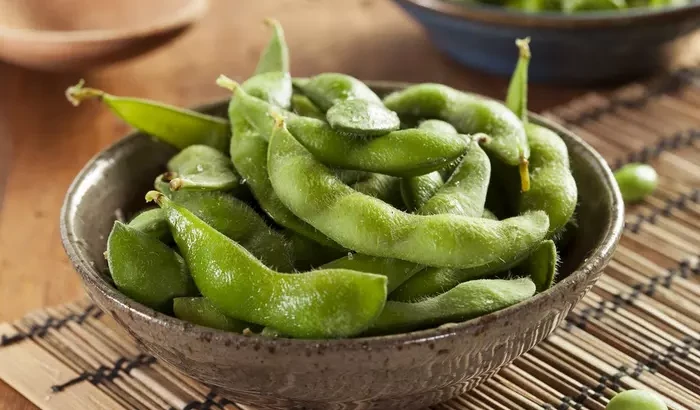
Advertisement
You can get plenty of calcium from other foods. Almonds, for example, contain over 300 milligrams of calcium per ¾ cup. Almonds are also rich in fiber and vitamin E. Almond butter can be eaten raw or made with almonds.
Tofu

Eating tofu is recommended, as it contains the same calcium as milk and is rich in other vitamins and minerals. One cup of tofu contains 870 milligrams of calcium and 20 grams of protein.
almond

One cup of almonds contains more calcium than milk. One cup of almonds also contains healthy unsaturated fats that can lower cholesterol levels, "bad" low-density lipid cholesterol, and total cholesterol. They also have a wide range of uses, and can be used in a variety of dishes.
Edamame beans

One portion of Edamame beans contains 98 milligrams of calcium, meeting 7.5% of the Daily Value (DV). Edamame beans can be prepared in a variety of ways, including steamed, shelled, baked, or eaten as a snack. Their high vitamin content and many essential nutrients make them a healthy food choice.
soy

Soy is a good substitute for milk and is rich in calcium. In Asian diets, traditionally produced soy foods such as tofu can provide additional calcium. Because the dairy content of Asian diets is low compared to Western diets, this increased calcium may intensify the protective effect of tofu. Dietary soy is also associated with increased vegetable intake and decreased meat and saturated fat intake, both of which may improve bone health.
spinach

There are many benefits to eating spinach. It is rich in vitamins A and C, has high calcium content, and is good for skin and hair. Spinach is also a great source of iron and magnesium. It is well known to help lower the risk of cancer. It contains 28.1 milligrams of vitamin C, magnesium, potassium, and iron per 100 grams. Calcium and other nutrients may vary depending on how spinach is produced.





